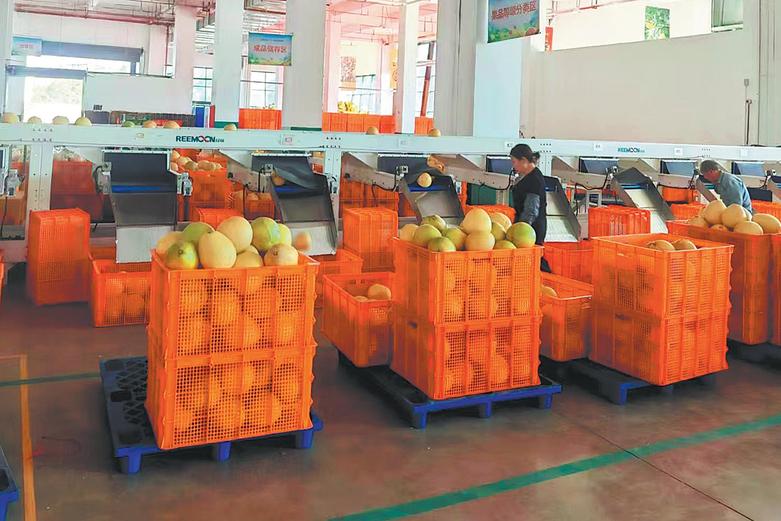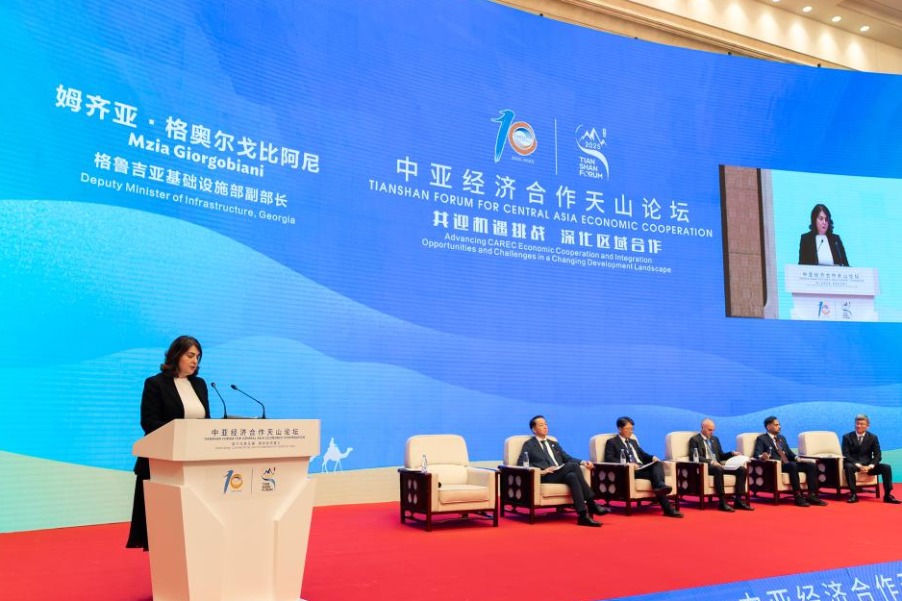IPRs help poverty alleviation in China

BEIJING -- China has been giving full play to intellectual property rights in helping targeted poverty alleviation, an official said Thursday.
In poverty alleviation actions, China has explored effective ways in integrating patented technologies, trademark brands, and geographical indications, said Gan Shaoning, deputy head of the National Intellectual Property Administration (NIPA), at a press conference.
IPR INFORMATION SERVICES
The IPR authorities pay attention to the public service system of intellectual property information and has launched website services to facilitate access and utilization of IPR information resources in poverty-stricken areas, according to Gan.
The patent information services have enabled people in Fenxi county in North China's Shanxi province to develop an eco-friendly project by using bio-safety processed straw and cow dung in edible mushroom cultivation. The method helps cut around 20 percent of the cost and sustains local farmers.
Together with the World Intellectual Property Organization (WIPO), the NIPA has established 51 Technology and Innovation Support Centers (TISCs) nationwide.
Focusing on regional economic development, these centers offer IPR information services, such as tackling technological challenges in planting and processing agricultural products in poverty-stricken regions.
In Northwest China's Xinjiang Uygur autonomous region, a TISC, based at Xinjiang University, joined hands with local governments to establish a research institute on the walnut industry in Kashgar.
With patented picking and processing technologies, the center helps increase the mechanization rate of the local walnut industry to the point of exceeding 90 percent. It is also constructing an industrial chain to increase the income of poverty-stricken households.
GEOGRAPHICAL INDICATIONS
"Geographical indications bear the public interests of specific regions. Compared with developed regions, the poverty-stricken regions normally have more abundant GIs resources," said Gan.
The NIPA has been cultivating GI-related industries and injecting resources in poverty-stricken regions.
As of the end of October, a total of 2,385 GI protection products had been approved, and 5,935 GI trademarks had been registered. Twenty-four demonstration areas of GI product protection were built, covering all major counties in the national poverty alleviation and development work.
NIPA has launched 21 projects to promote GI application in poverty-stricken regions since 2019. To date, more than 10 million yuan ($1.52 million) has been invested in 43 state-level poverty-stricken counties in 17 provinces.
GI industries have benefited more than 600,000 poverty-stricken people in these areas.
Statistics show that the output value of GI products in China has exceeded 1 trillion yuan, and the development of GI characteristic industries has become an important approach for targeted poverty alleviation, according to Gan.
- Intl students showcasing global business acumen in Shanghai
- CPC expels former senior official of Guangxi
- Shanghai university unveils sustainable, efficient water treatment system
- Fire at auto business park in Jiangsu claims one life
- Magnitude 6.0 earthquake strikes Akqi county in Xinjiang
- Shenzhou XXI team to carry out first spacewalk





































